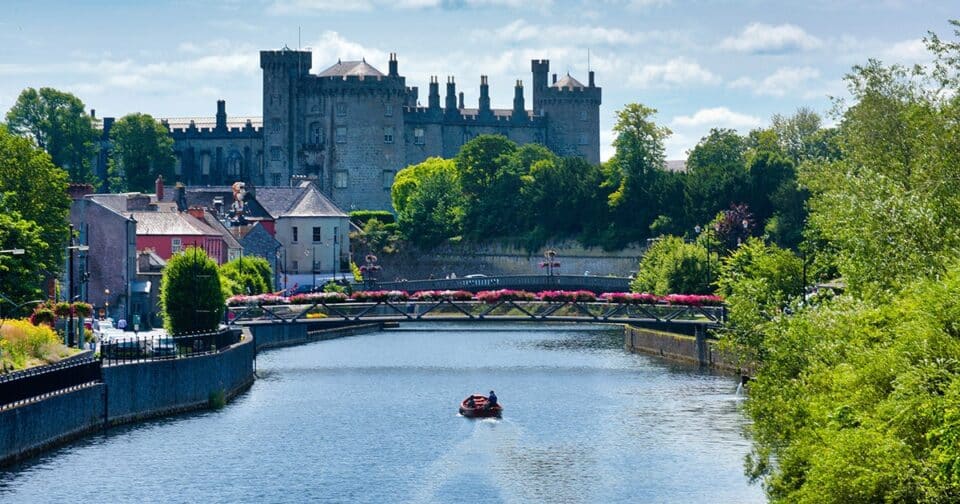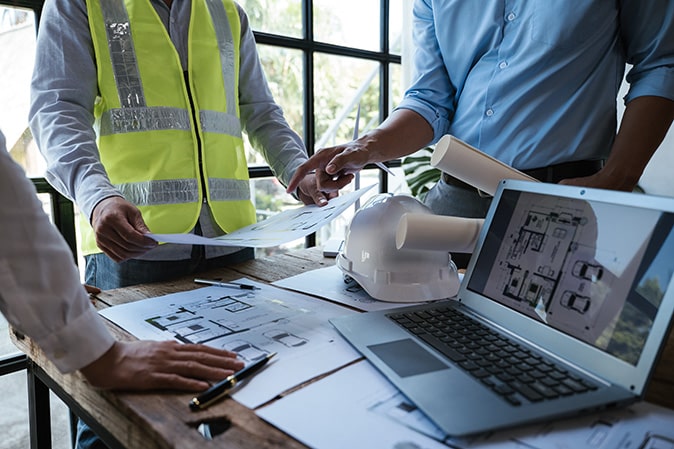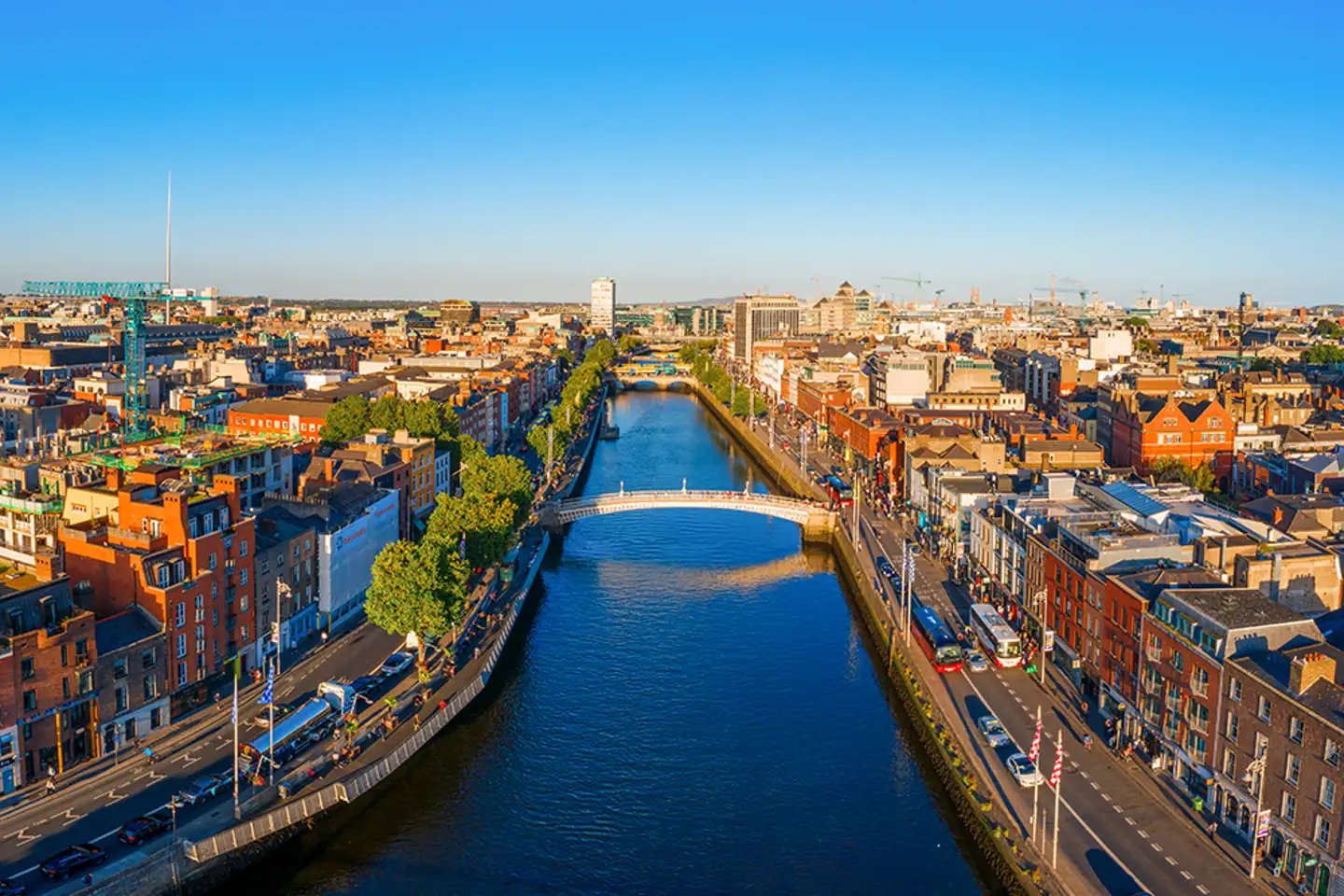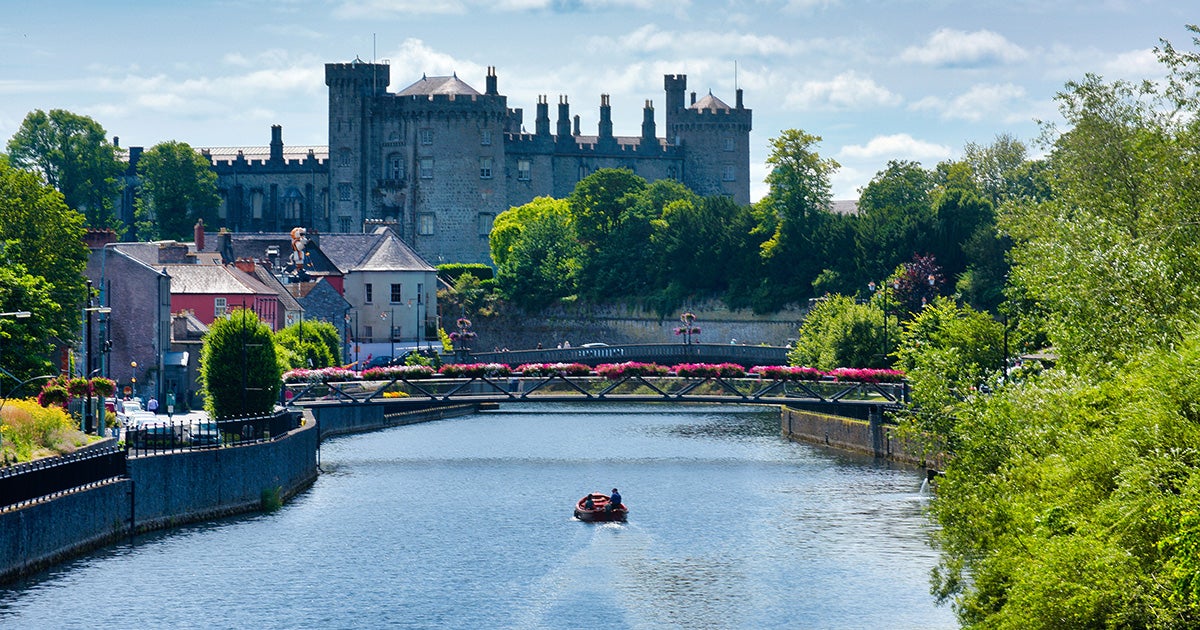In this article we cover:
- Top 3 site-related issues and how to deal with them
- How to keep planning permission alive
- Some common budget busters with estimated costs
- Site clearance: what to factor in and potential cost
Before you start building on your dream site, consider these three elements which could bust the budget before you even start clearing the site. This bit of planning ahead could save you thousands on your build.
1/ Conditions of planning
The planning authority is likely to impose conditions on granting you planning permission. Some of these could be environmental considerations, relating to protecting bats for example, or a tree protection order. These require reports and are likely to involve some form of protective measure, all at a cost.
Drainage requirements are also common and these can quickly add up. Another restriction that’s becoming more prevalent is acoustics, in the form of complying with noise issues.
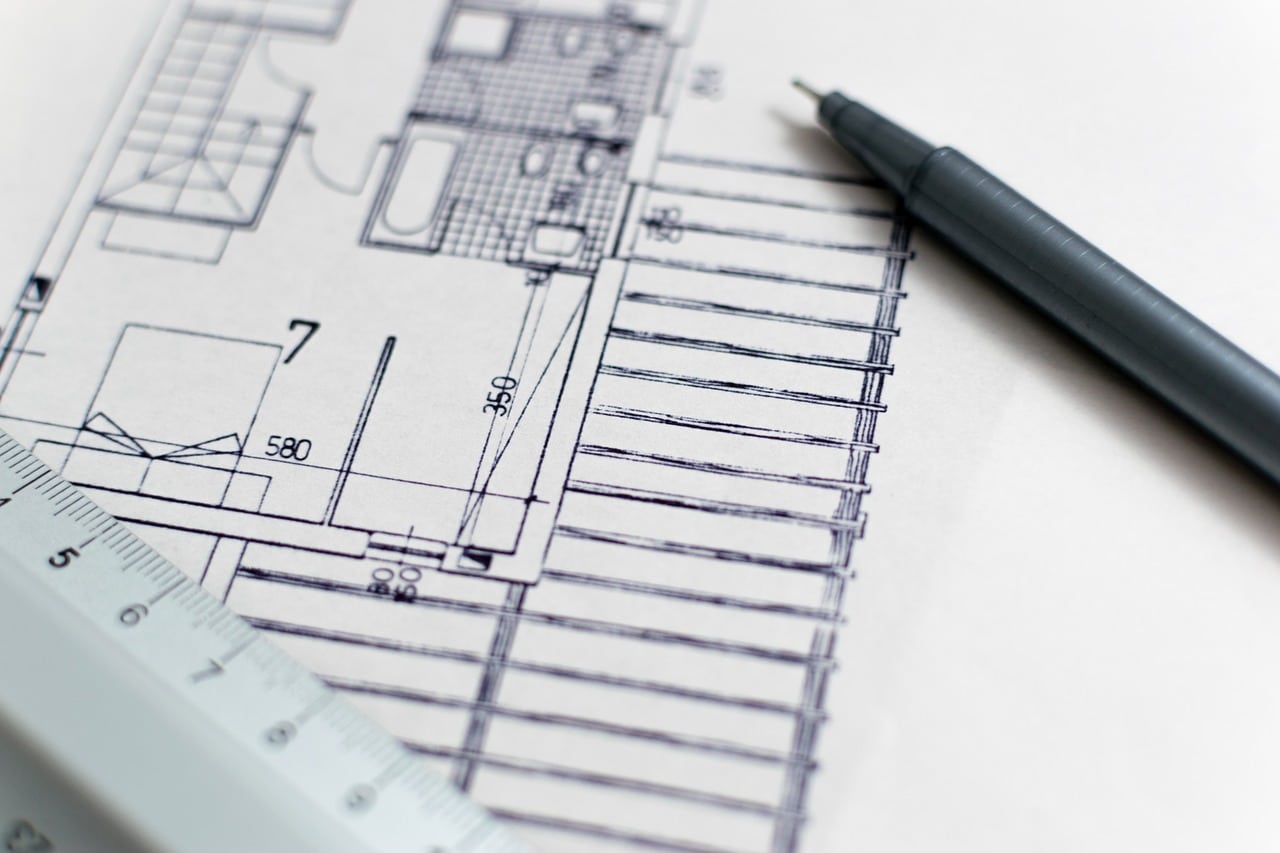
2/ Services
Make the developer enquiries early on to find out what services you are going to need, and if they are available. If you plan to work from home, know that broadband is not necessarily available everywhere.
Electricity connections may bring with them unexpected costs – if you are unfortunate to be the one who has to pay for a new pole to service the area, costs can reach £10k+.
Availability issues extend to sewage connections, which is often ground for preventing development in NI. For rural sites, for an onsite wastewater treatment system you will need to get a consent to discharge for the effluent to land or to a water course.
You may also need stormwater provisions, all of which require reports and remediation measures.

3/ Underground investigation
Because of availability and the sheer cost of land, we’re now building in places where we might not have built 20 or 30 years ago. That means building on more challenging sites that require retaining structures.
If the ground conditions aren’t good, you might be into piling and other complex (costly) foundation designs. Ground heave and other geotechnical issues will also need to be checked, so rely on a good survey of the ground conditions of where you plan to build and the wider area to know what you’re dealing with.
“Make the developer enquiries early on to find out what services you are going to need, and if they are available.”
Note that building a retaining structure close to a public service may require approval which will take design and time and money to get resolved.
The bottom line is, if any of the building is going underground you’re in for an extra expense. Subterranean construction is very expensive.
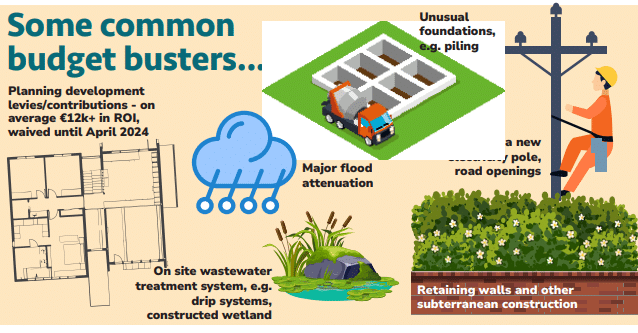
How to keep planning permission alive
Once you get planning permission, you usually have five years to start building. Some people will put a piece of concrete in the ground, a strip foundation, in the hope that it will keep the planning going. Traditionally that had been the case, but that is now changing. Further aspects of the construction must start – at least from substructure level, things like visibility splays should be underway before planning lapses.
Site clearance
Not often factored in, but site clearance and demolition costs can set you back quite a bit.
As can making the site accessible to lorries and other heavy machinery that will need to access it. Demolition costs can range from £/€5k to £/€15k depending on size and complexity, while clearing the site and gravelling pathways is also likely to set you back in the thousands. As with all aspects of self building, shop around and do your research on who you hire; they need to have insurance and be competent (check for qualifications from chartered bodies).



